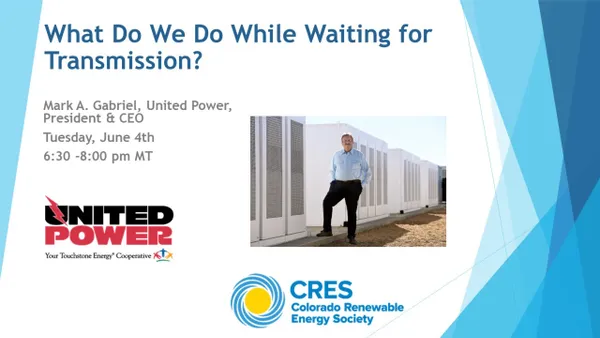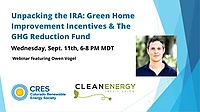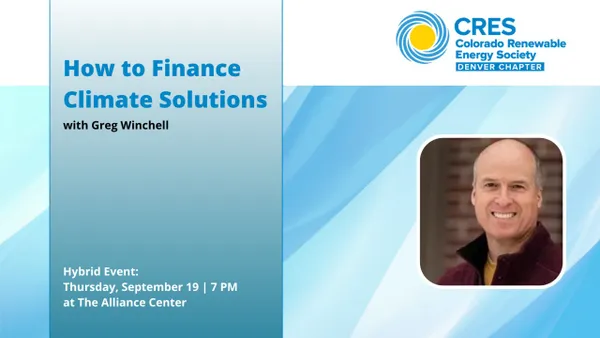What Do We Do While Waiting for Transmission?
VirtualDespite the best of intentions, transmission construction is measured in decades, not years. Central power stations are disappearing while electrification is soaring, leaving distribution utilities to meet demand in new ways. This conversation will cover what one cooperative is doing to answer the challenge.










